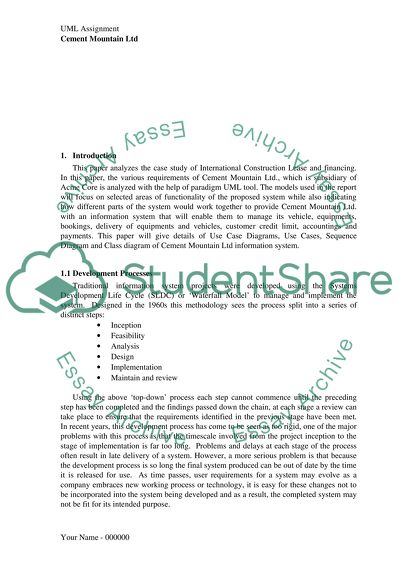Cite this document
(International Construction Lease and Financing Case Study, n.d.)
International Construction Lease and Financing Case Study. Retrieved from https://studentshare.org/finance-accounting/1540208-uml-assignment
International Construction Lease and Financing Case Study. Retrieved from https://studentshare.org/finance-accounting/1540208-uml-assignment
(International Construction Lease and Financing Case Study)
International Construction Lease and Financing Case Study. https://studentshare.org/finance-accounting/1540208-uml-assignment.
International Construction Lease and Financing Case Study. https://studentshare.org/finance-accounting/1540208-uml-assignment.
“International Construction Lease and Financing Case Study”. https://studentshare.org/finance-accounting/1540208-uml-assignment.


